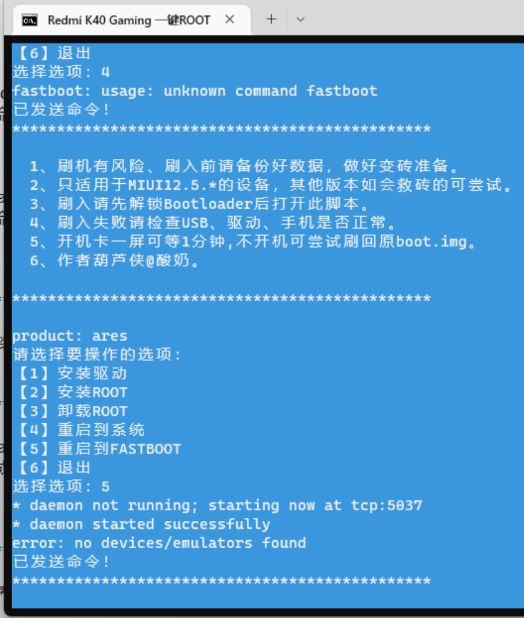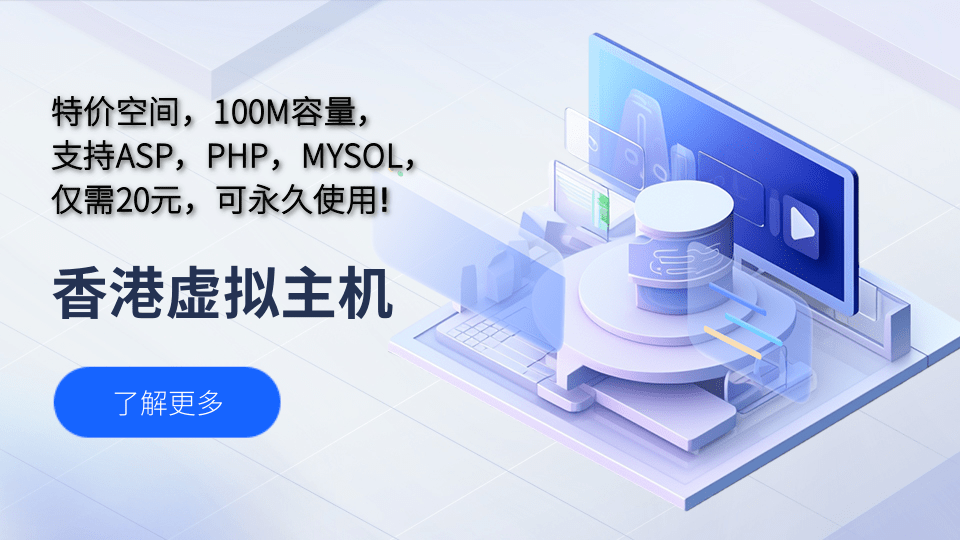
linux什么是编译
编译:将源代码变为机器可执行的代码文件的过程。
安装:将可执行文件安装到操作系统里,才可以使用。
编译(compilation , compile)
1、利用编译程序从源语言编写的源程序产生目标程序的过程。
2、用编译程序产生目标程序的动作。 编译就是把高级语言变成计算机可以识别的2进制语言,计算机只认识1和0,编译程序把人们熟悉的语言换成2进制。 编译程序把一个源程序翻译成目标程序的工作过程分为五个阶段:词法分析;语法分析;语义检查和中间代码生成;代码优化;目标代码生成。主要是进行词法分析和语法分析,又称为源程序分析,分析过程中发现有语法错误,给出提示信息。
编译语言是一种以编译器来实现的编程语言。它不像直译语言一样,由解释器将代码一句一句运行,而是以编译器,先将代码编译为机器码,再加以运行。理论上,任何编程语言都可以是编译式,或直译式的。它们之间的区别,仅与程序的应用有关。
补充:linux操作系统是基于unix操作系统发展而来的一种克隆系统,它诞生于1991 年的 [Linux桌面] 10 月5 日(这是第一次正式向外公布的时间)。以后借助于Internet网络,并通过全世界各地计算机爱好者的共同努力,已成为今天世界上使用最多的一种UNIX 类操作系统,并且使用人数还在迅猛增长。
推荐:linux基础教程
© 版权声明
文章版权归作者所有,未经允许请勿转载。
THE END
喜欢就支持一下吧
相关推荐
















